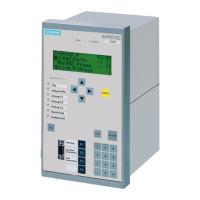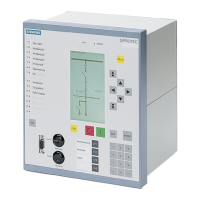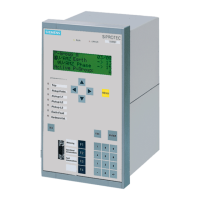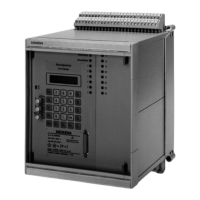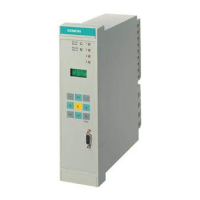Table 2-14 Parameter in the Setting Dialog "Measurement Procedure", Mode of Operation 1-phase
Parameter OPERRAT. MODE = 1-phase
Parameter MEAS. QUANTITY = Current
Parameter MEAS. METHOD
Fundamental
Only the fundamental harmonic is evaluated, higher harmonics are suppressed. This is
the standard measurement procedure of the protection functions.
True RMS
The “True” RMS value is determined, i.e. higher harmonics are evaluated. This procedure
is applied, for example, if an overload protection element must be realized on the basis of
a current measurement, as the higher harmonics contribute to thermal heating.
Parameter MEAS. QUANTITY = Current
Parameter CURRENT
Ia
Ib
Ic
In
In sensitive
In2
It is determined which current-measuring channel must be evaluated by the function.
Depending on the device version, either ΙN (normal-sensitive ground current input) or ΙNS
(sensitive ground current input) and ΙN2 (second ground current connected to the
device) can be selected.
Via parameter
PICKUP WITH it is determined whether the function must be triggered on exceeding or under-
shooting of the set threshold value.
Settings
The pickup thresholds, time delays and dropout ratios of the flexible protection function are set in the
“Settings” dialog box in DIGSI.
The pickup threshold of the function is configured via parameter P.U. THRESHOLD. The OFF-command time
delay is set via parameter T TRIP DELAY. Both setting values must be selected according to the required
application.
The pickup can be delayed via parameter T PICKUP DELAY. This parameter is usually set to zero (default
setting) in protection applications, because a protection function should pick up as quickly as possible. A
setting deviating from zero may be appropriate if a trip log is not desired to be started upon each short-term
exceeding of the pickup threshold, for example, with power protection or when a function is not used as a
protection, but as a monitoring function.
The dropout of pickup can be delayed via parameter T DROPOUT DELAY. This setting is also set to zero by
default (standard setting) A setting deviating from zero may be required if the device is utilized together with
electro-magnetic devices with considerably longer dropout ratios than the digital protection device (see
Section 2.2 for more information). When utilizing the dropout time delay, it is recommended to set it to a
shorter time than the OFF-command time delay in order to avoid both times to "race".
The dropout ratio of the function can be selected in parameter DROPOUT RATIO. The standard dropout ratio
of protection functions is 0.95 (default setting). If the function is used as power protection, a dropout ratio of
at least 0.9 should be set. The same applies to the utilization of the symmetrical components of current and
voltage. If the dropout ratio is decreased, it would be sensible to test the pickup of the function regarding
possible "chatter".
Renaming Messages, Checking Configurations
After parameterization of a flexible function, the following steps should be noted:
•
Open matrix in DIGSI
•
Rename the neutral message texts in accordance with the application.
•
Check configurations on contacts and in operation and fault buffer, or set them according to the require-
ments.
Functions
2.13 Flexible Protection Functions
SIPROTEC 4, 7SJ61, Manual 179
C53000-G1140-C210-6, Edition 05.2016
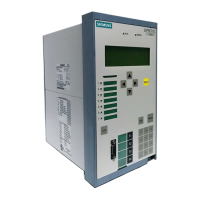
